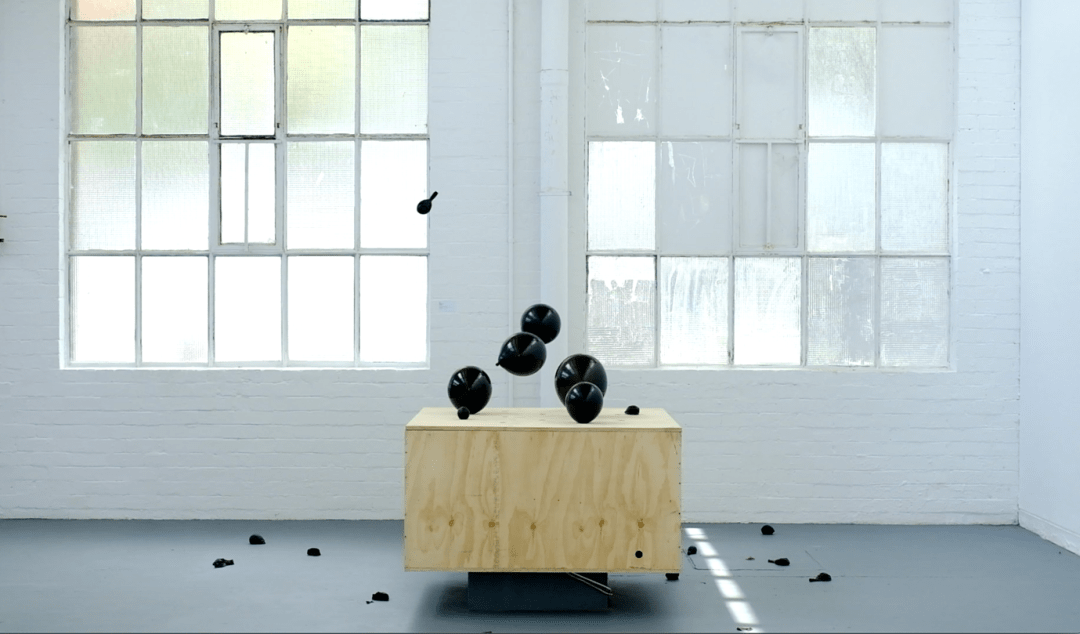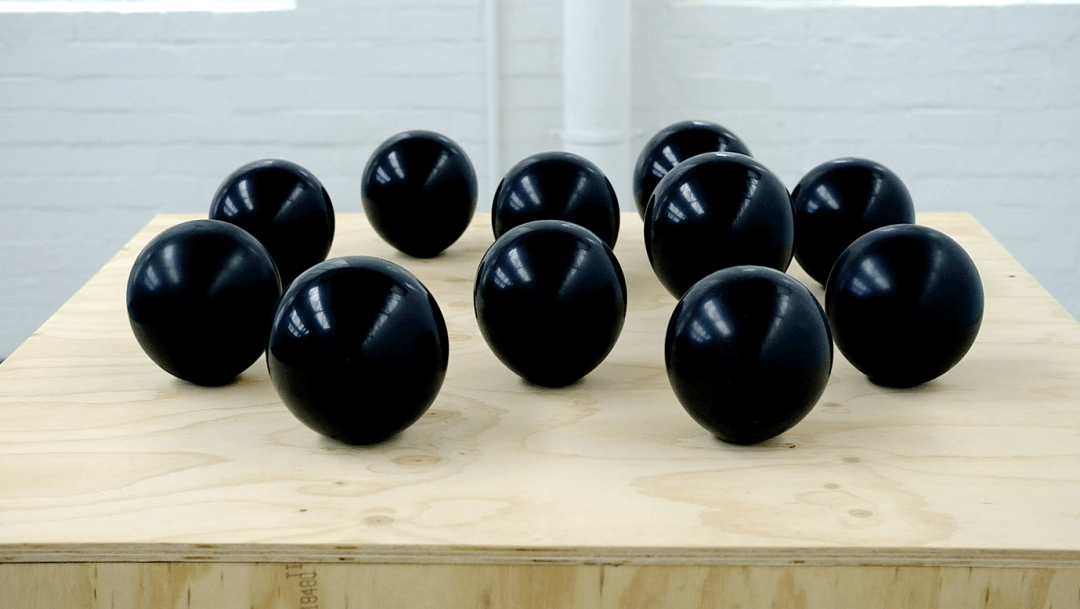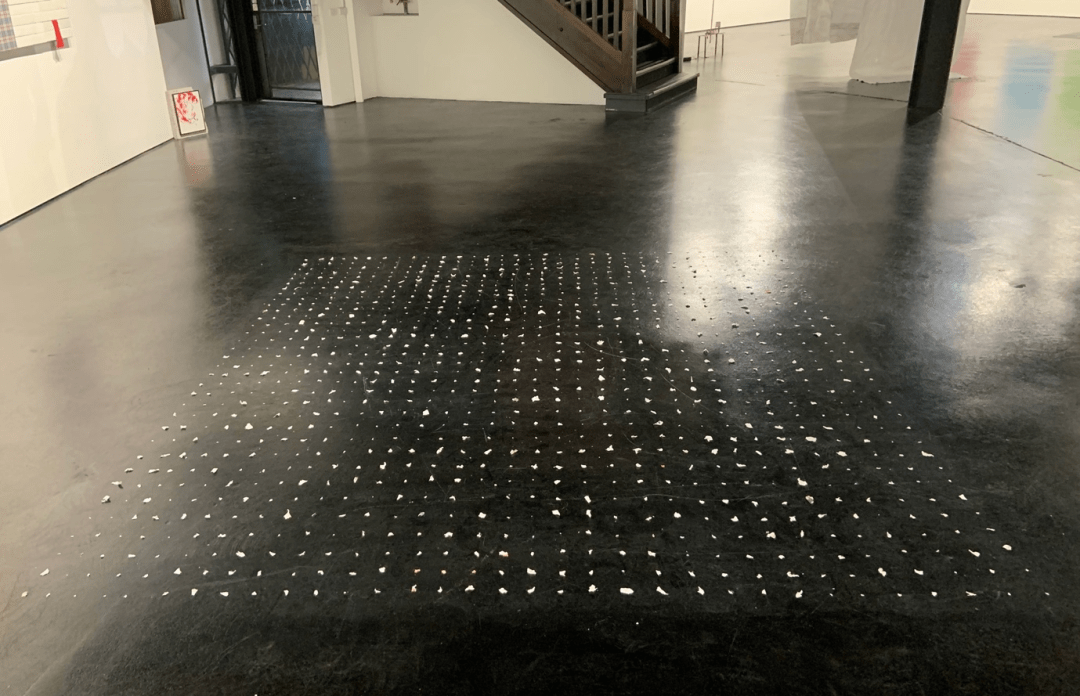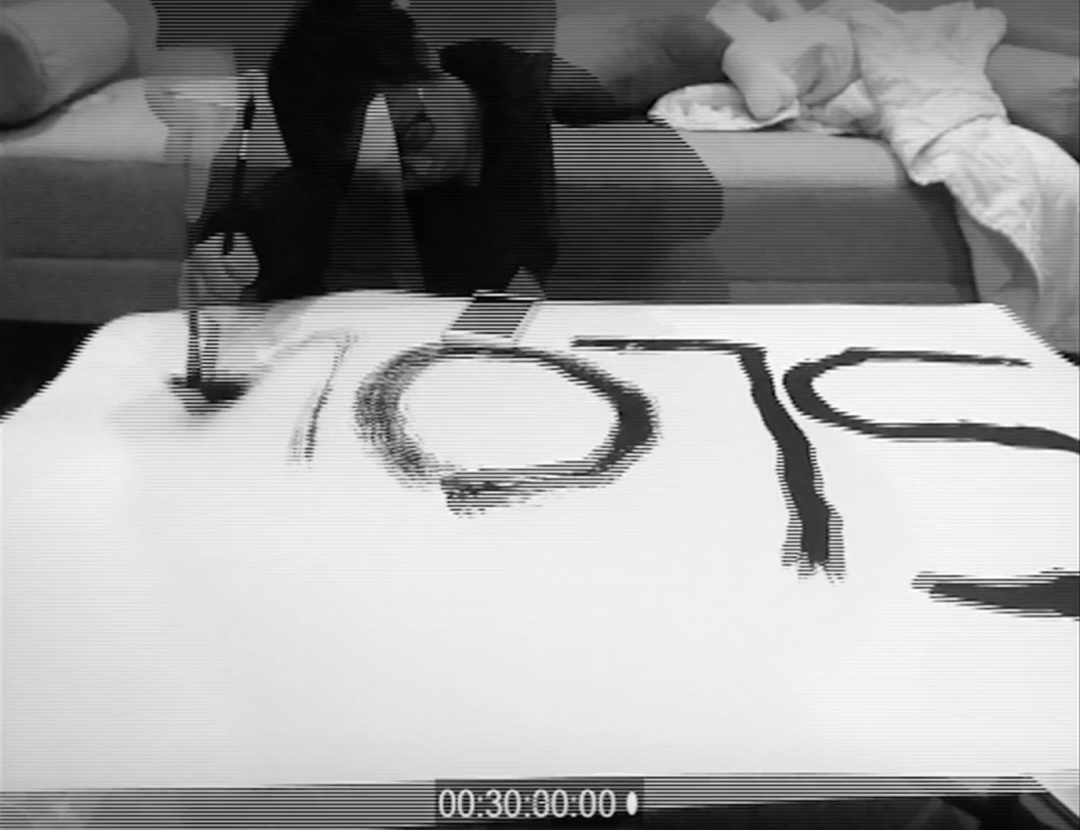岑韵扬 Yunyang Cen
无题空间艺术家驻地
2021年八月驻地艺术家
岑韵扬
UИTITLEDSPΛCE️ Artist in Residence
2021 August Resident Artists
Yunyang Cen
关于艺术家 About the Artist

www.cen-yunyang.com
过往作品 Previous Works


木材、气球、电泵、树脂、硅胶
Wood, balloon, electric pump, resin, silicone
1200 x 1200 x 1100 cm
2019


那破坏与关怀都无法控制
The Destroying is Out of Control;
the Caring is Out of Control
文件,食物搅拌机
Margaret Lawrence Gallery, Melbourne, AU
任意尺寸 Variable size
2019
既是装置又是行为表演,我希望将劳动力本身丝毫不减地用视觉表现了出来。
每一次的布展都耗费大量时间,在红外线仪器下纸张的陈列精确到毫米。然而细小如无意者经过的脚步带起的微风就能将其毁于一旦,看似庞大又疯狂的事物,实则可能脆弱又不知所谓。佛学里面无常的概念也在这里体现了。具像且符号化了两极之间极微妙的分界线。我想说,压抑与反抗、爱与恨、建立与摧毁都是世间事,两极的共存才一同构成物质。
The paper bits are tirelessly, almost neurotically placed one by one in a grid form on the floor. It owns a spot, no matter how small it is. By completing the action and dedicating the amount of labor, the work appears to visualize the philosophical notion of the unity of opposites, and the endless struggle that comes along with it.

慢慢写 ‘慢’ 字
毛笔,墨水,纸张
Chinese Calligraphy brush and ink, paper.
1am-4am的4 小时行为表演
4 hrs Performed at midnight 1am-4am
2016

小时候妈妈的手洗衣服
Mama’s hand wash clothes when I was little
肥皂,水 Soap, water
2016
“手洗”作为一个重复动作对于这件作品来说非常重要。生于 90 年代的人,横跨科技发展的两种截然不同的生活,科技革新前最后那些笨重质朴的生活习惯组成我们的童年。小时候我妈妈要离家,我就会抱着她的衣服睡觉,气味最能彰示一个人的存在感。而长大后是我要离家,在有了足够表达能力与对妈妈的付出的清晰认知后,我用“手洗”的这个动作,雕刻出这件作品,其中完全不用到雕刻工具。
“Washing” as a gesture is also an important part of the work. Without any manmade sculptural tools, I carved out the sculpture using only my hands and water. Therefore, the work is also about the very time-consuming physical labor to pay a tribute to the great care that had been taken by mum when I was little, and it is always in the heart of a travelling man.

去开城市的路上,摄于北朝鲜
